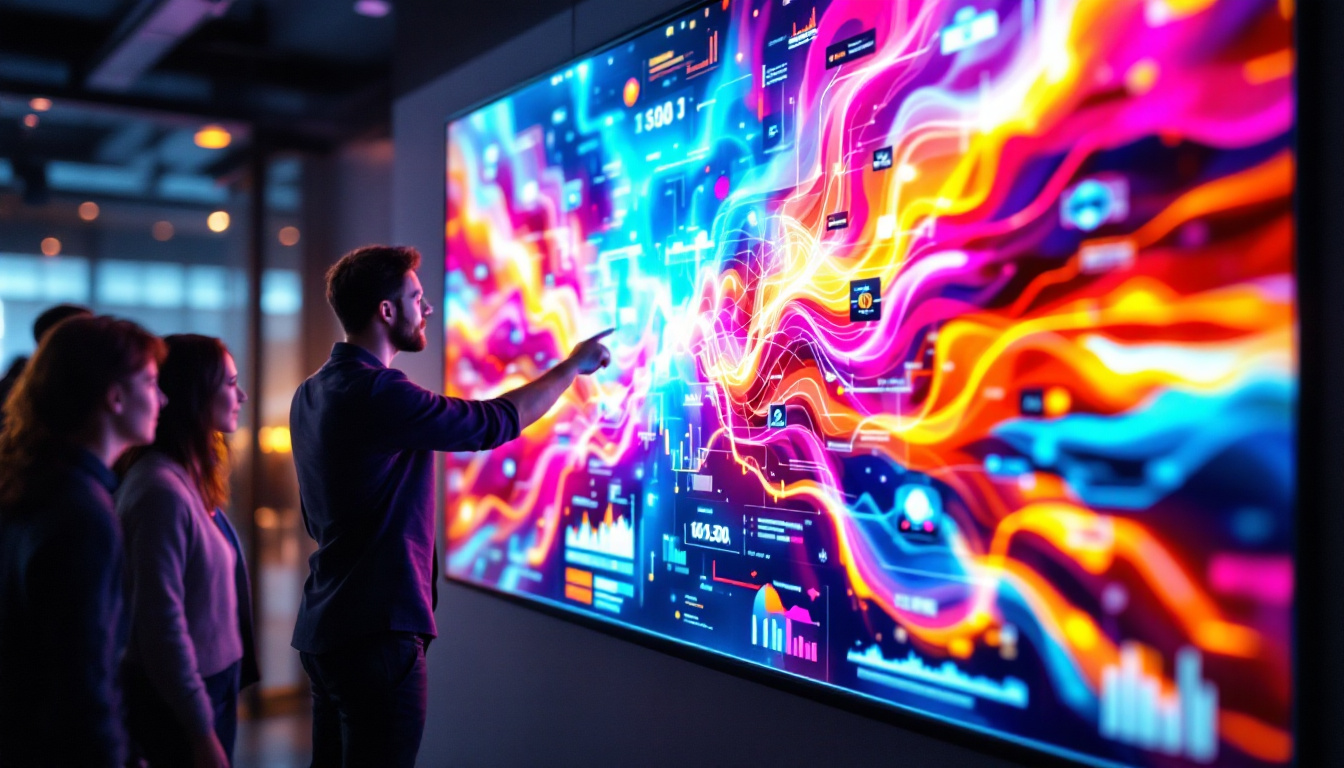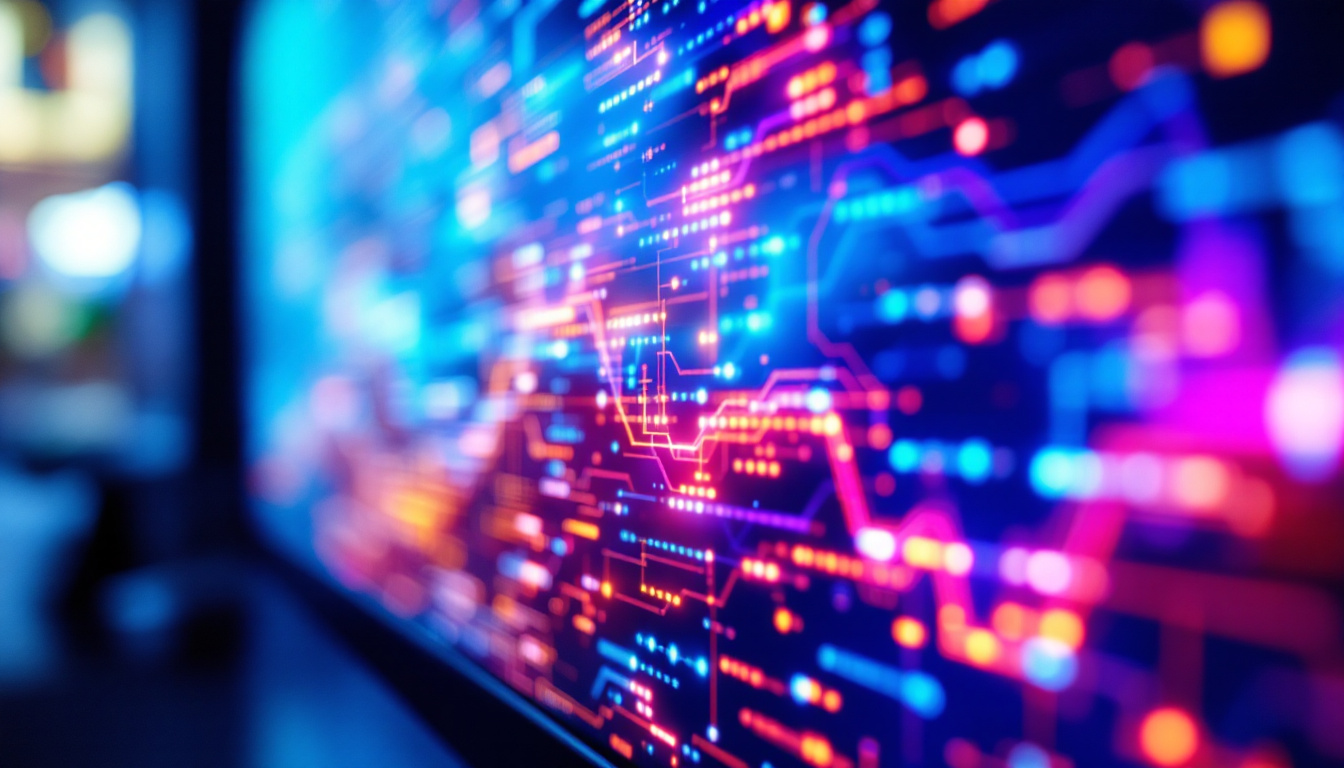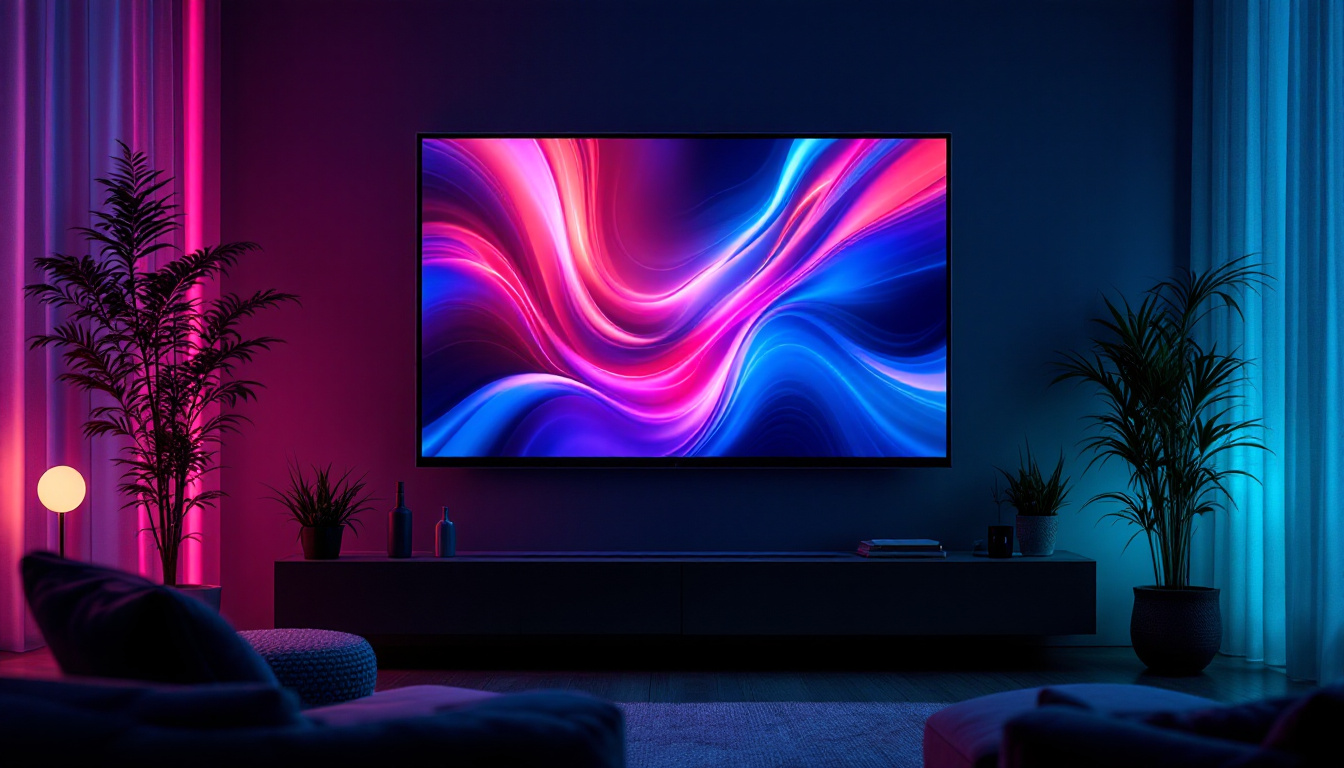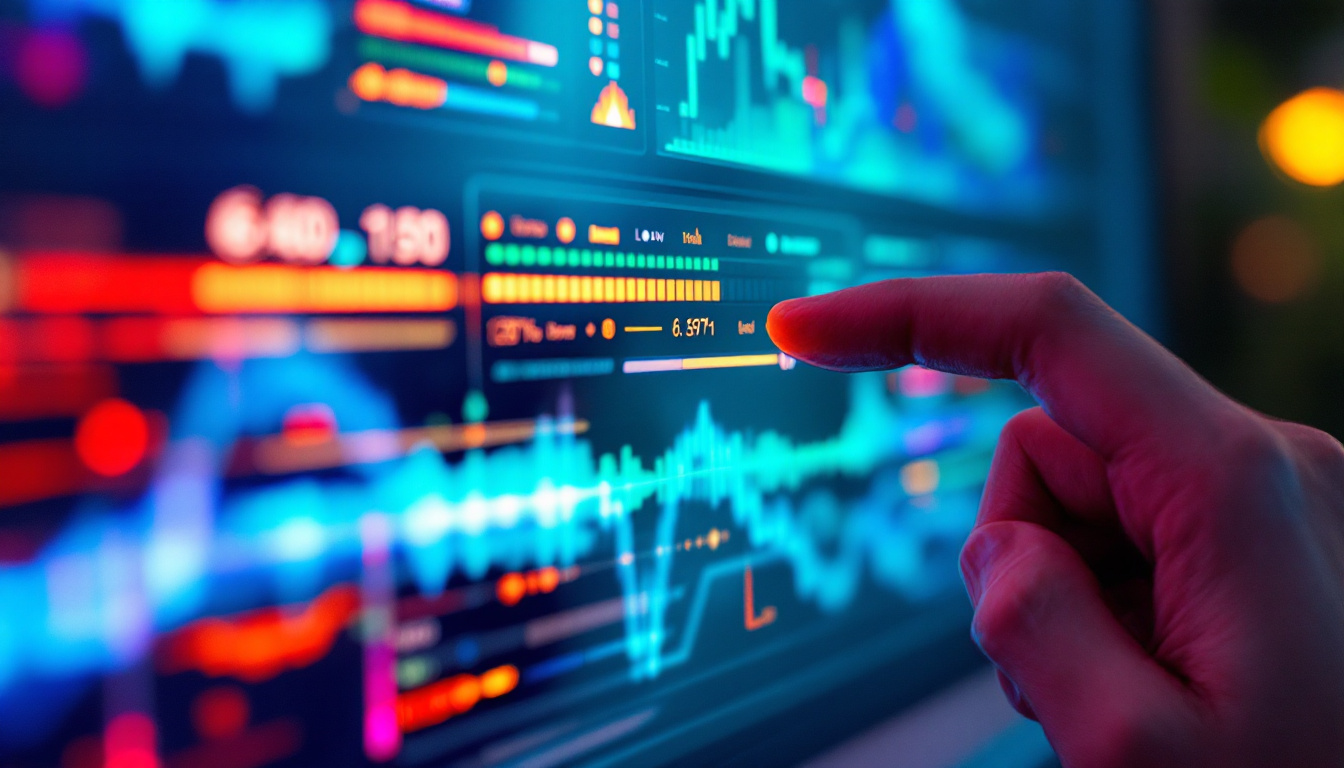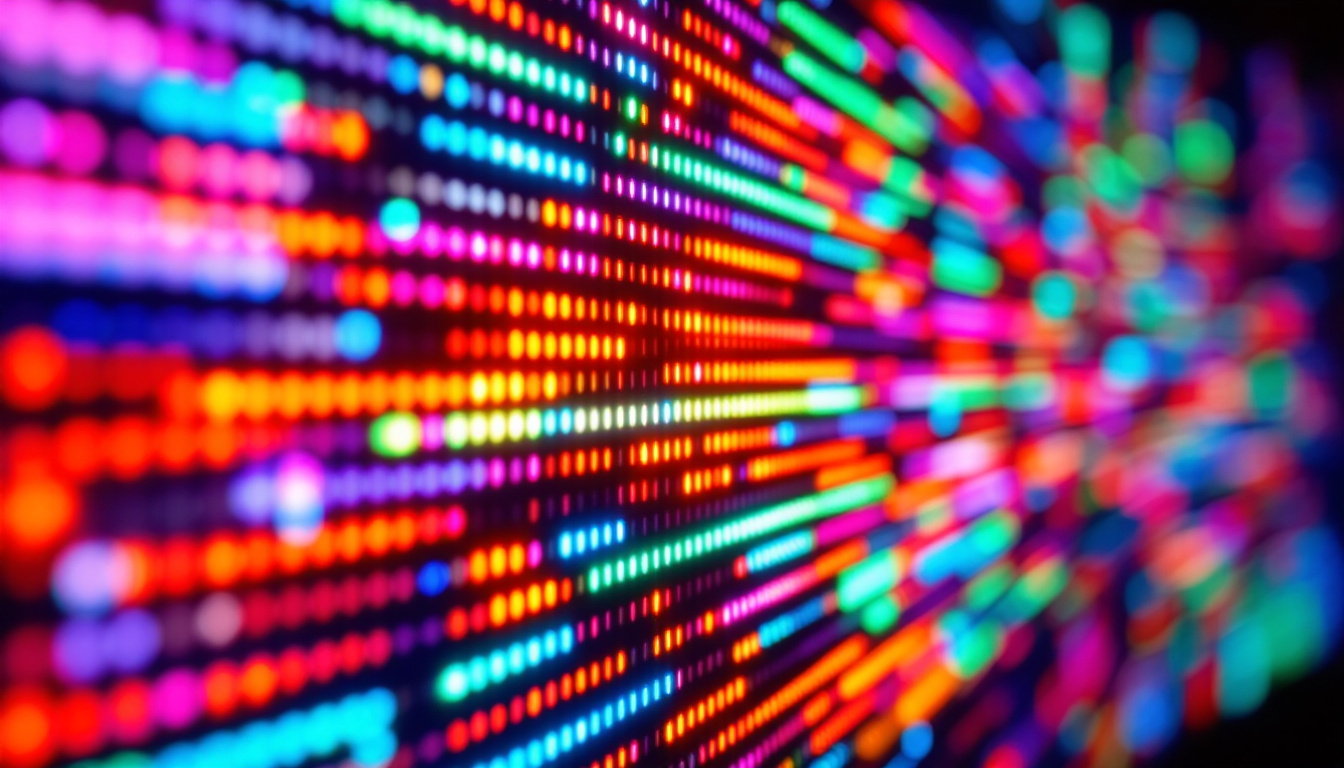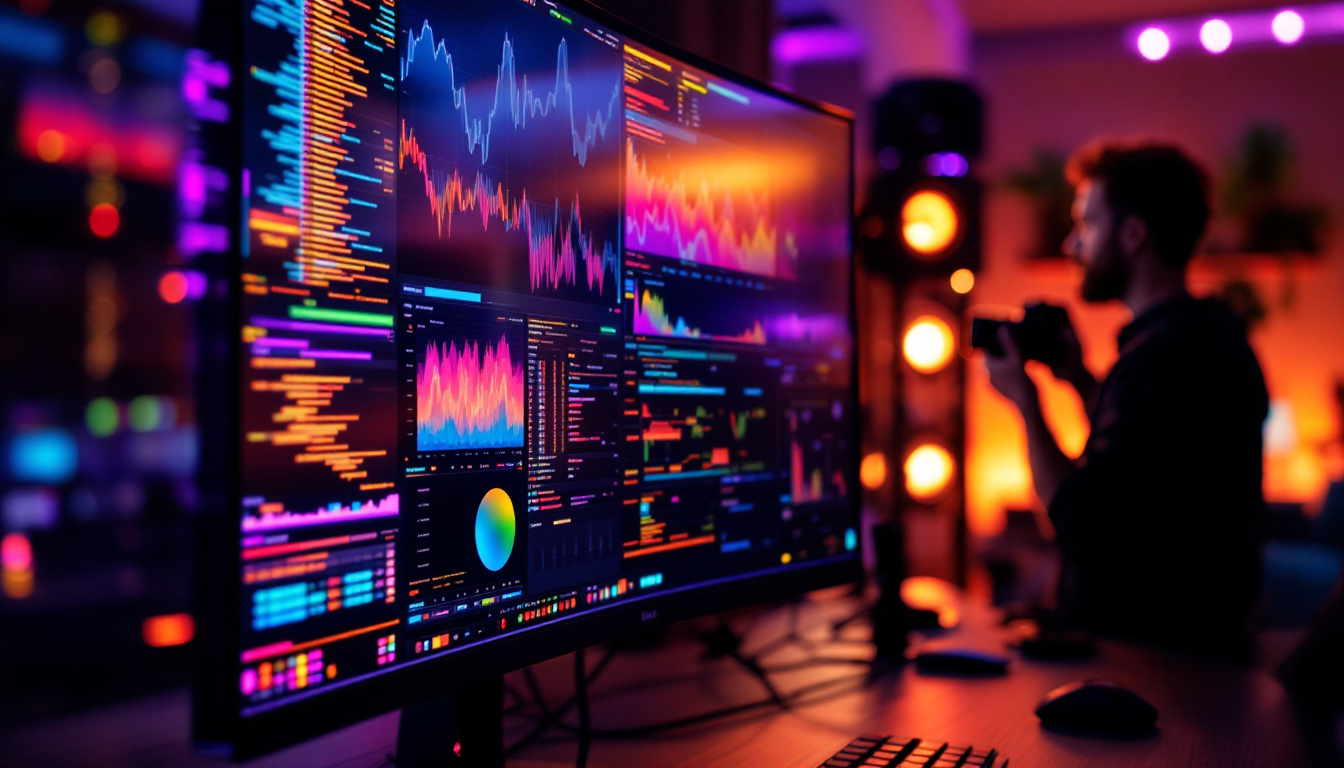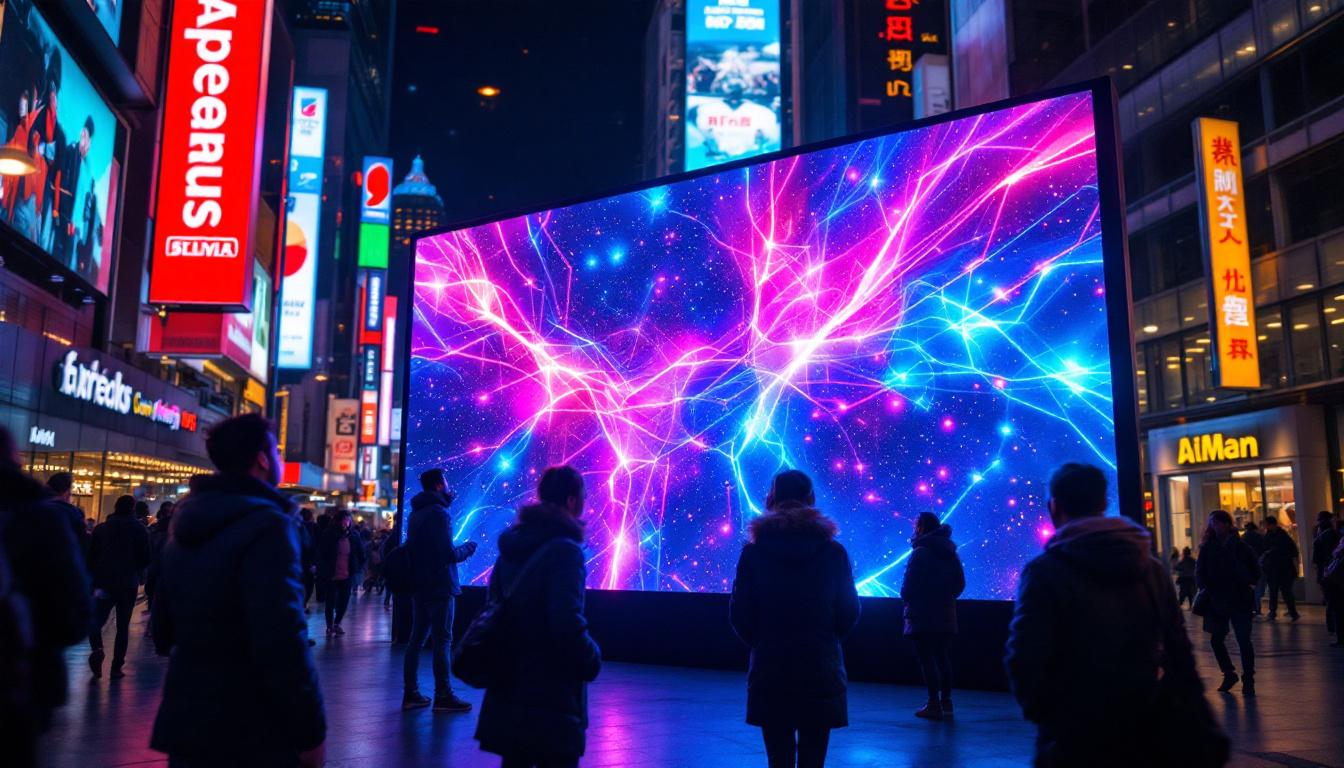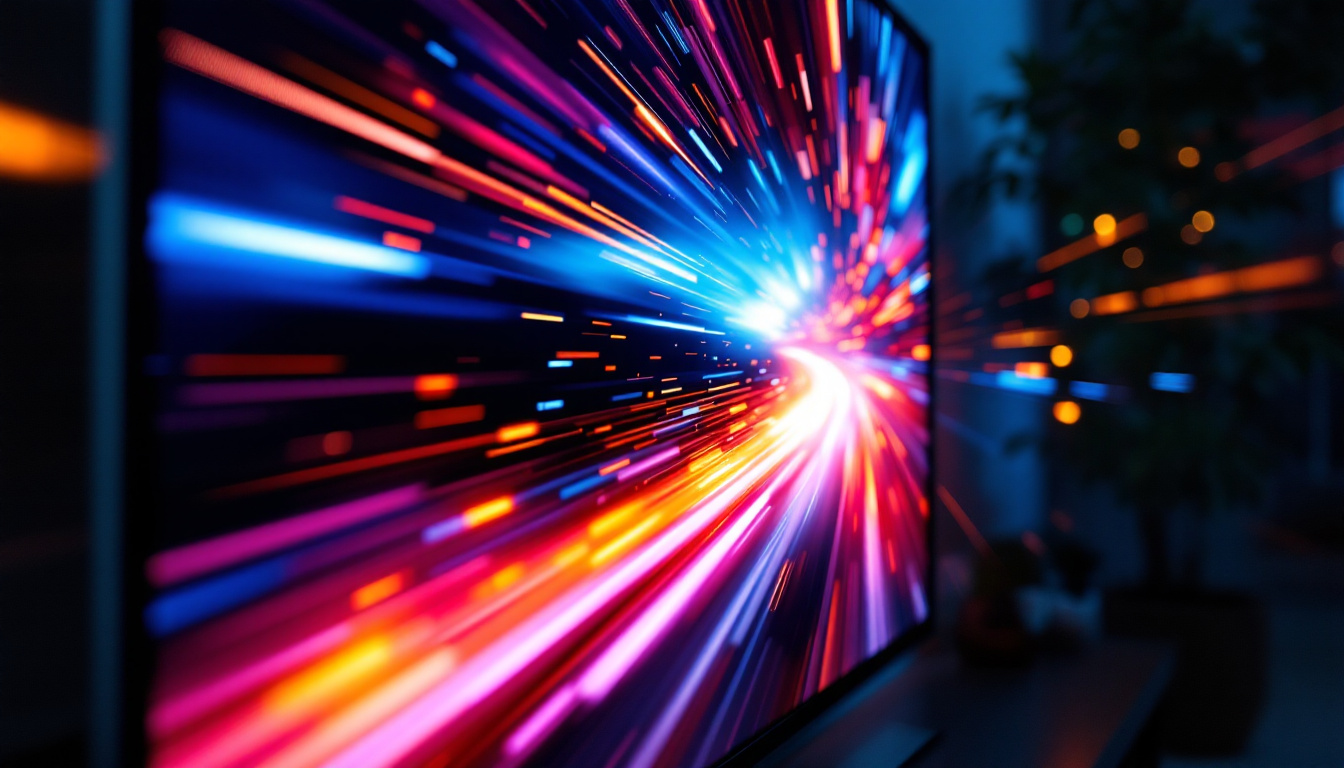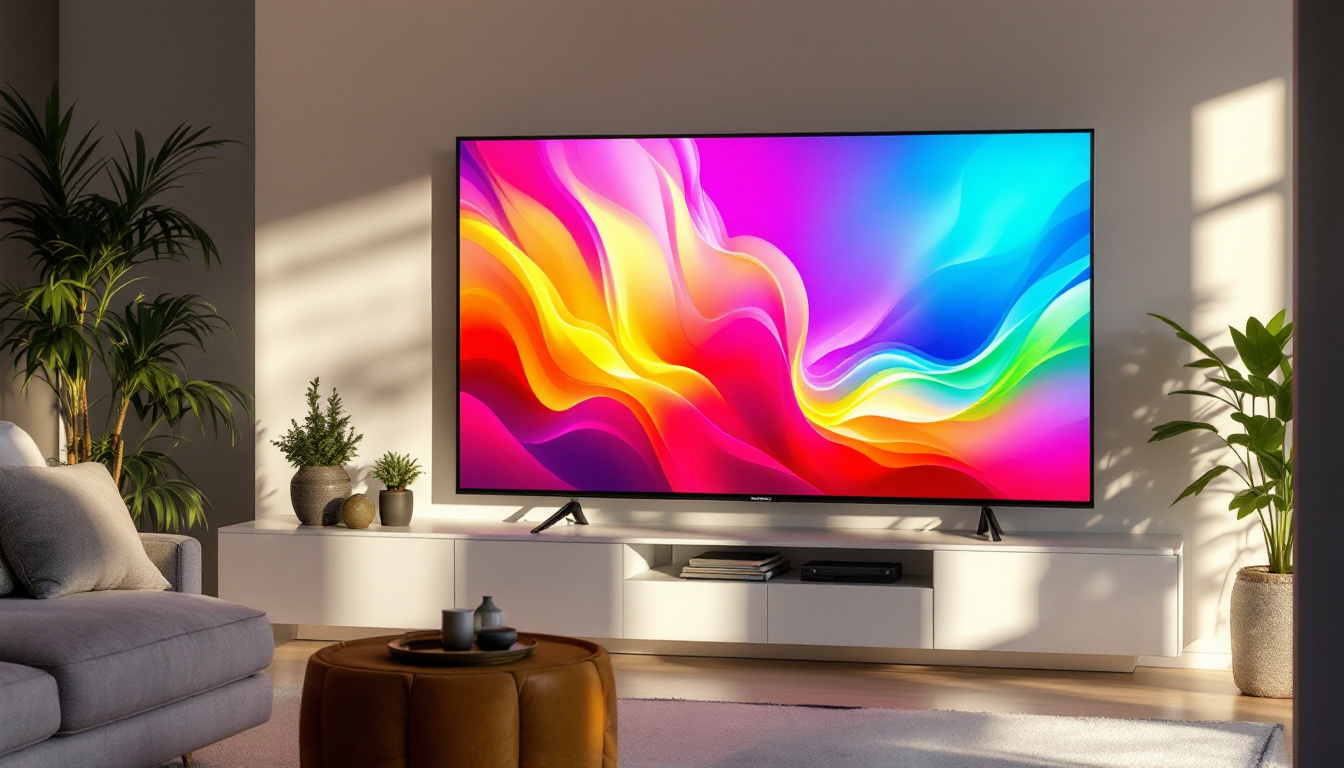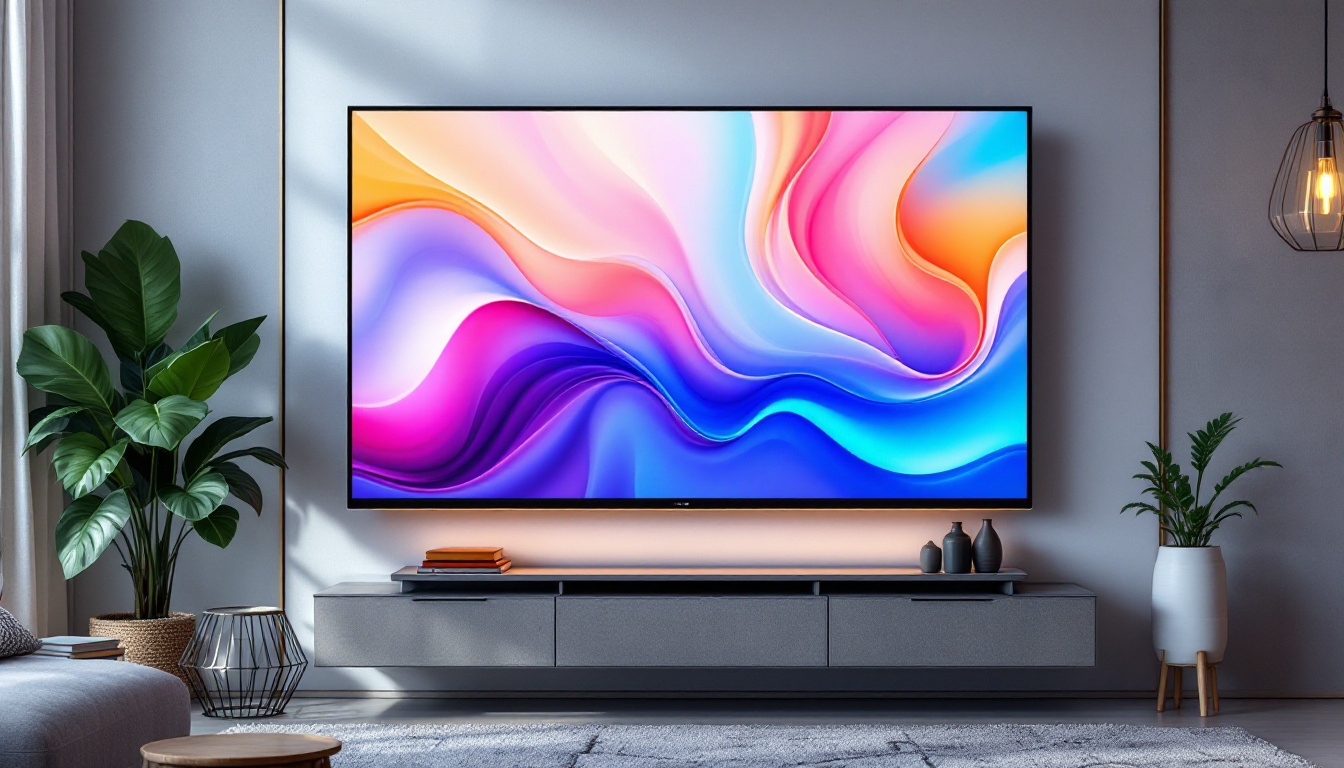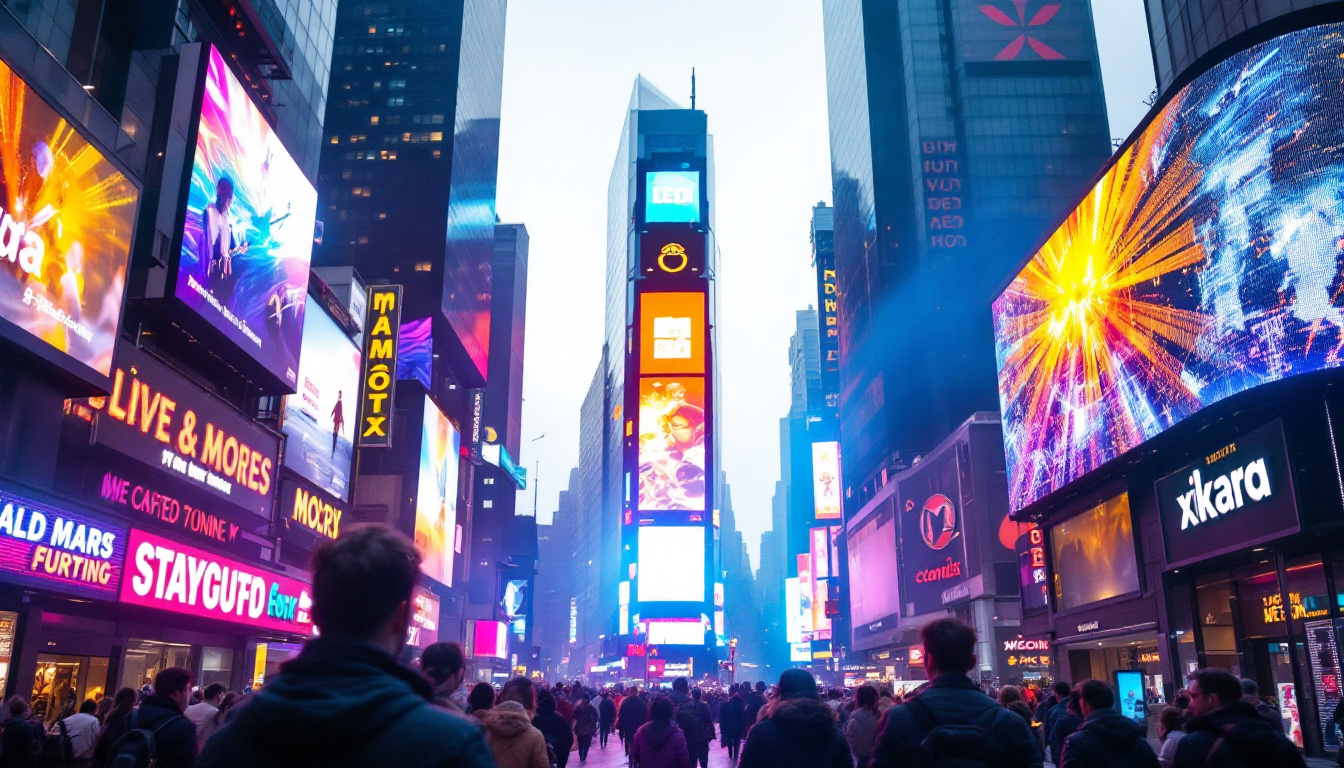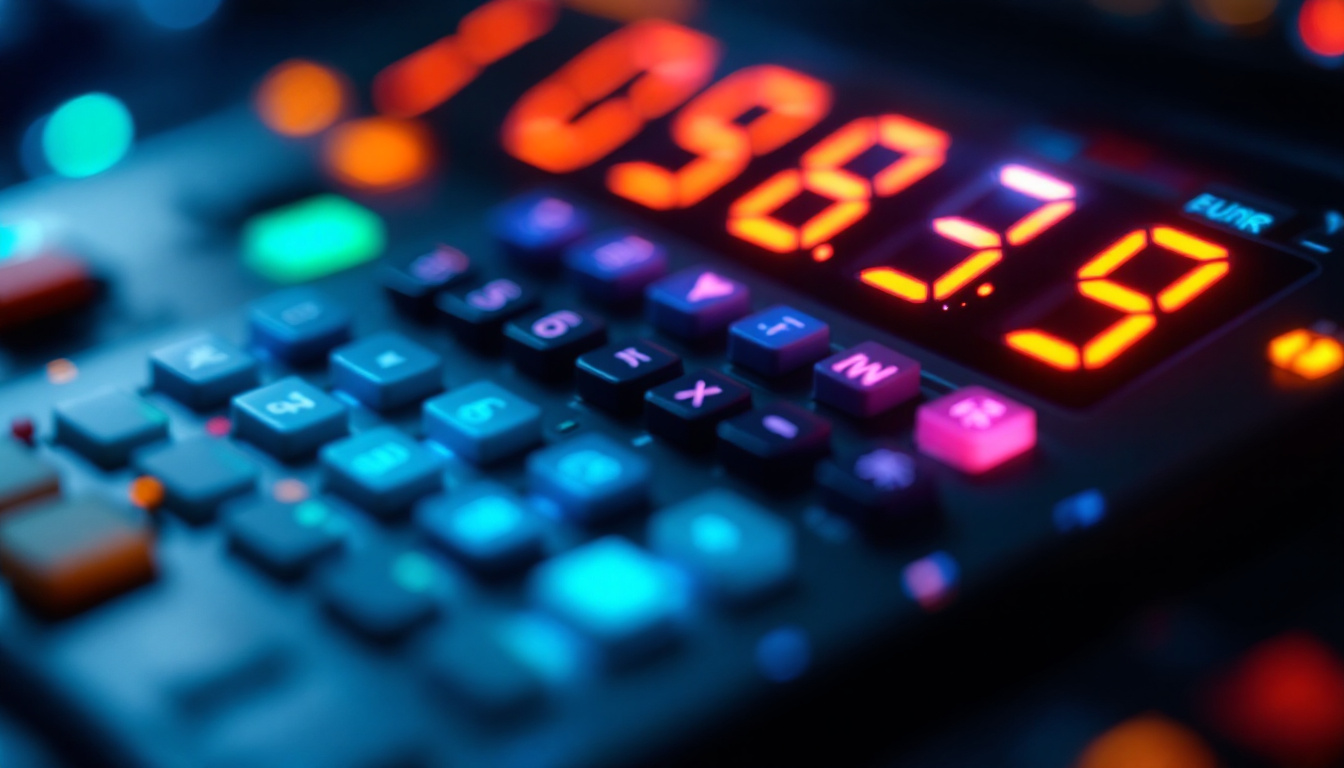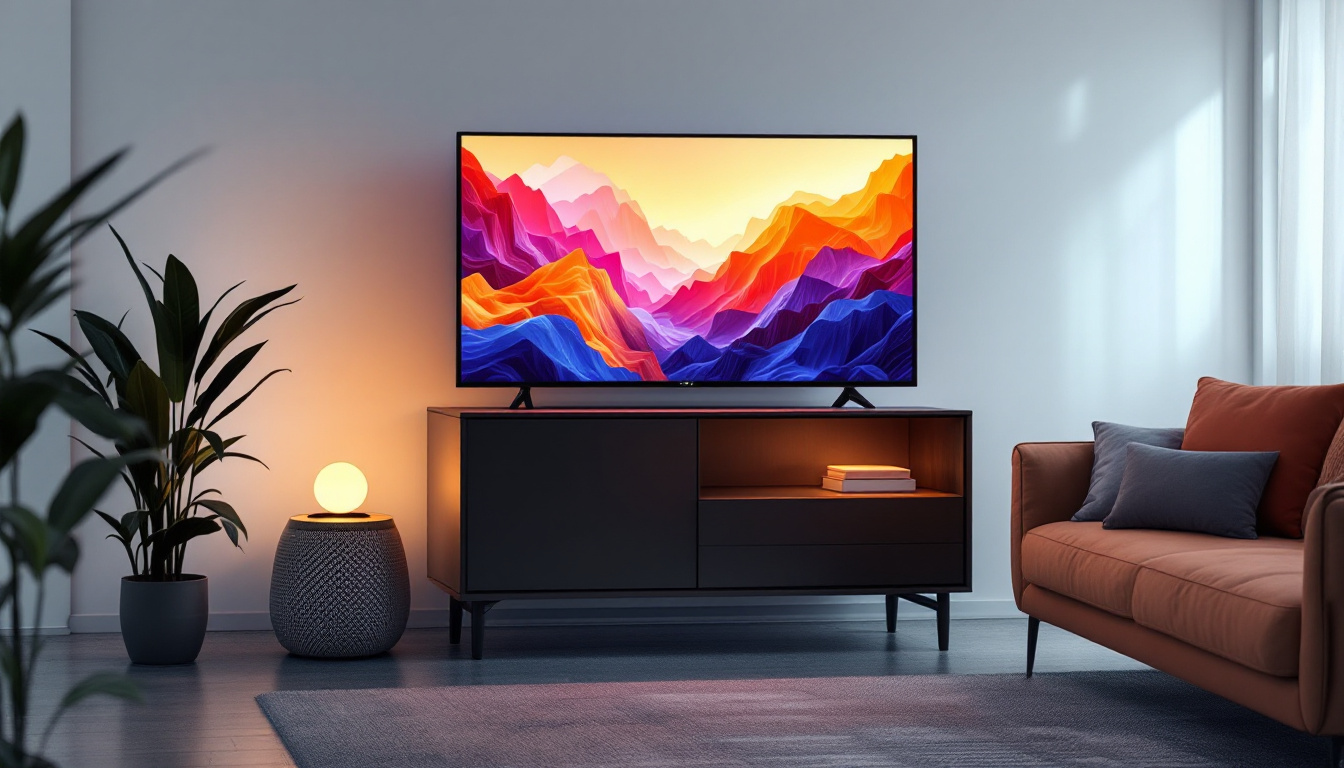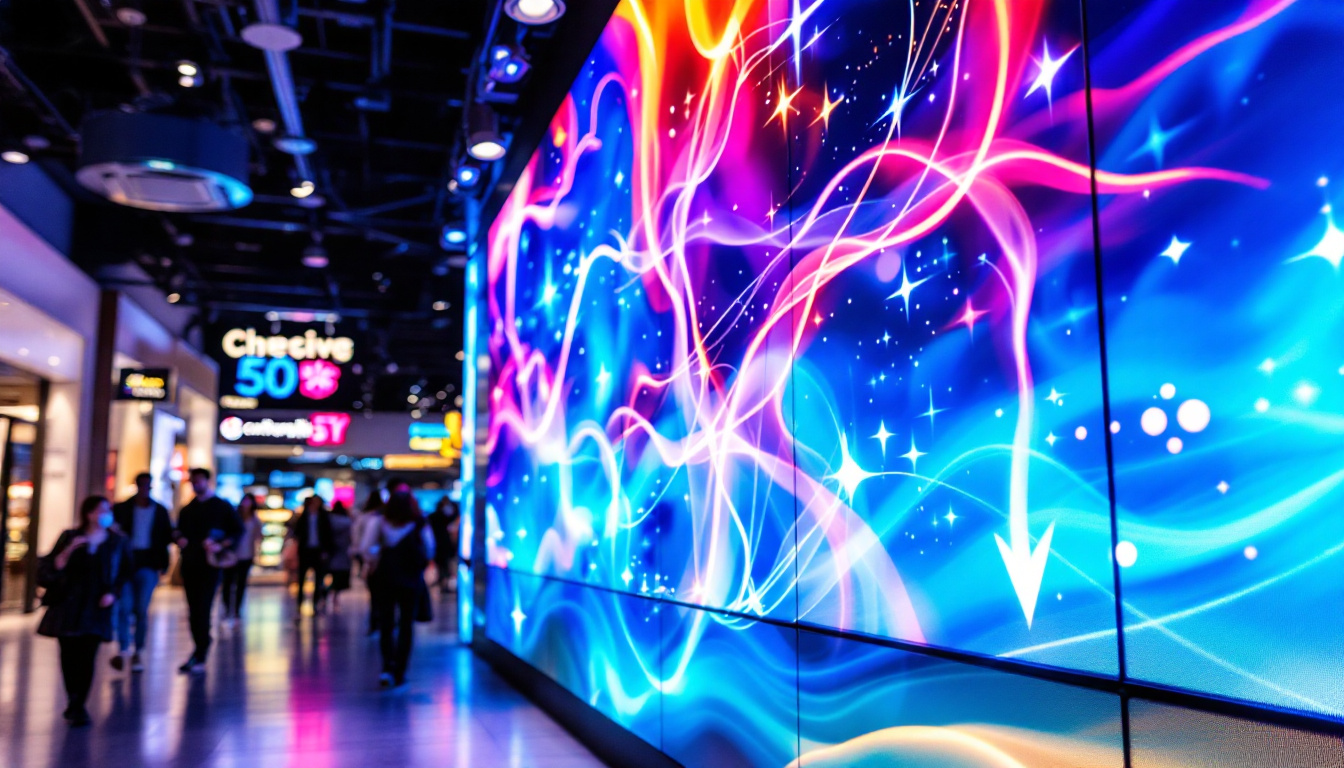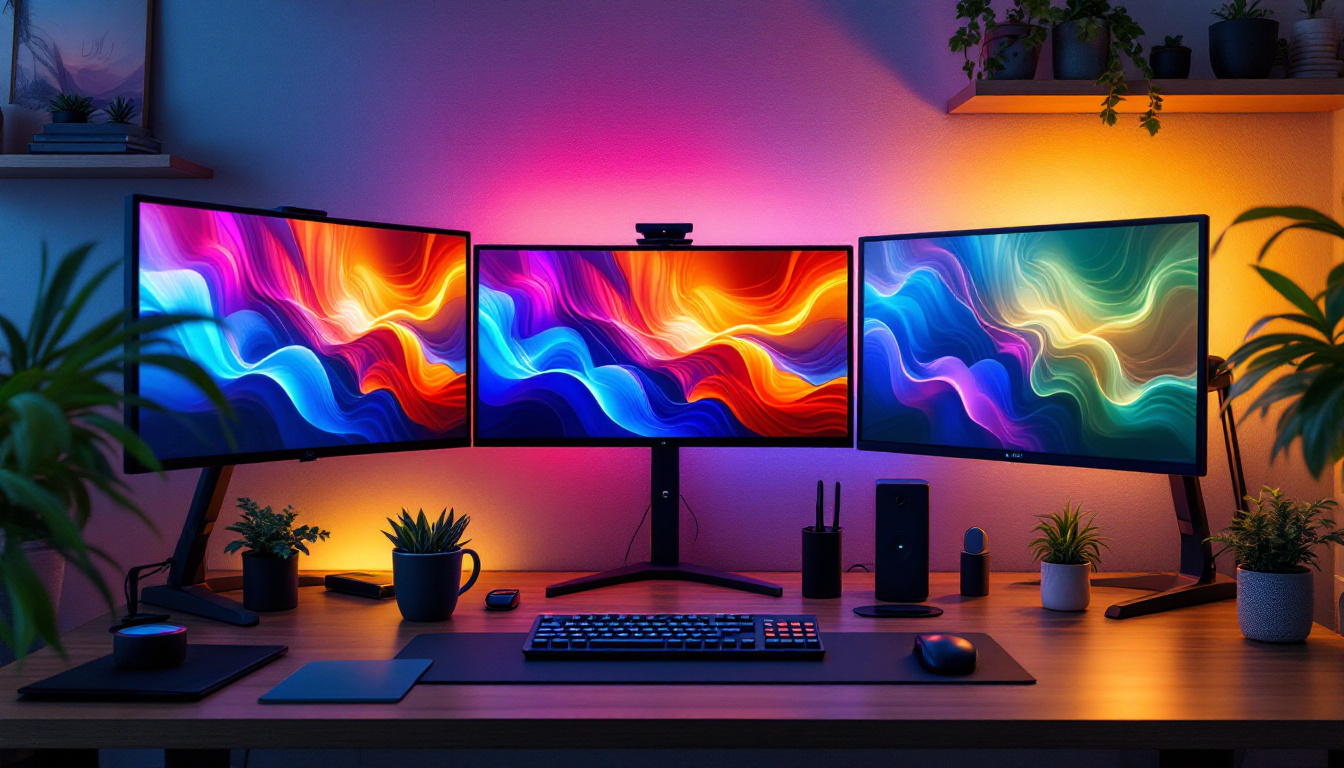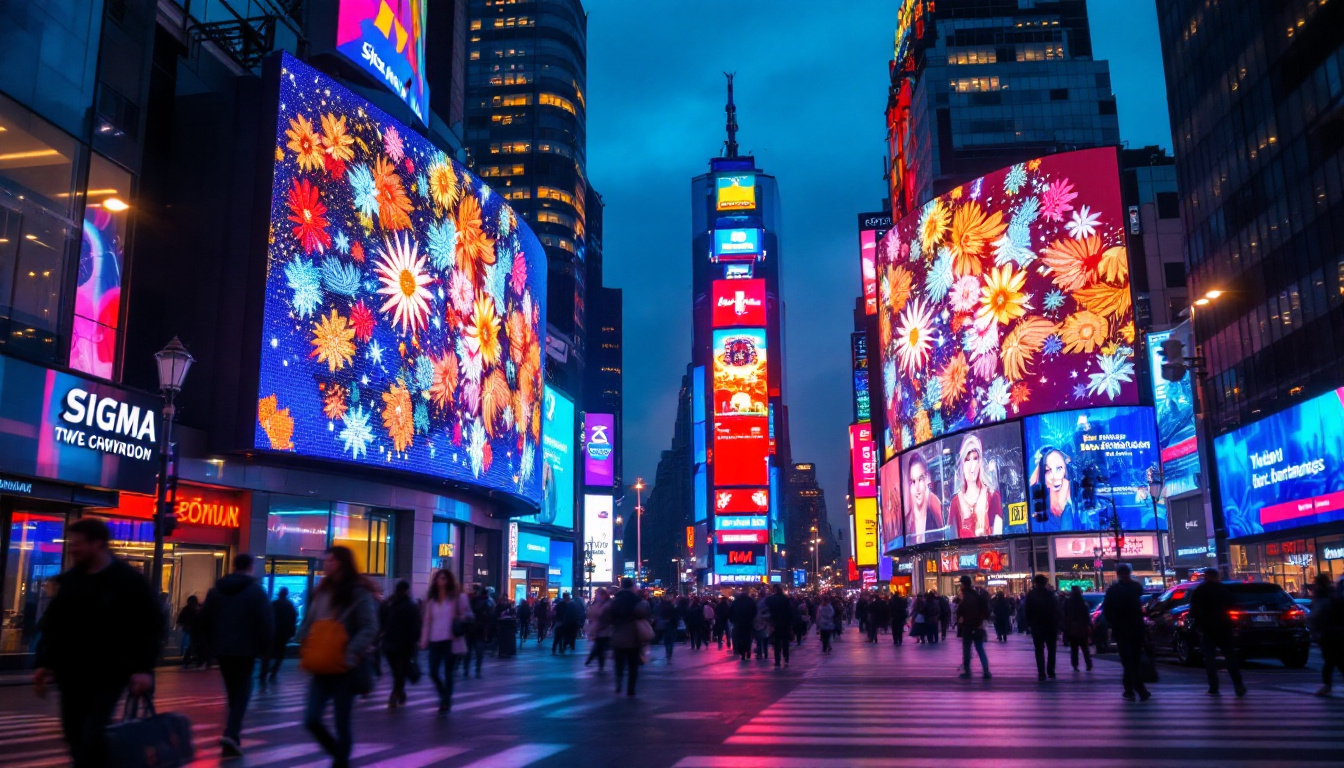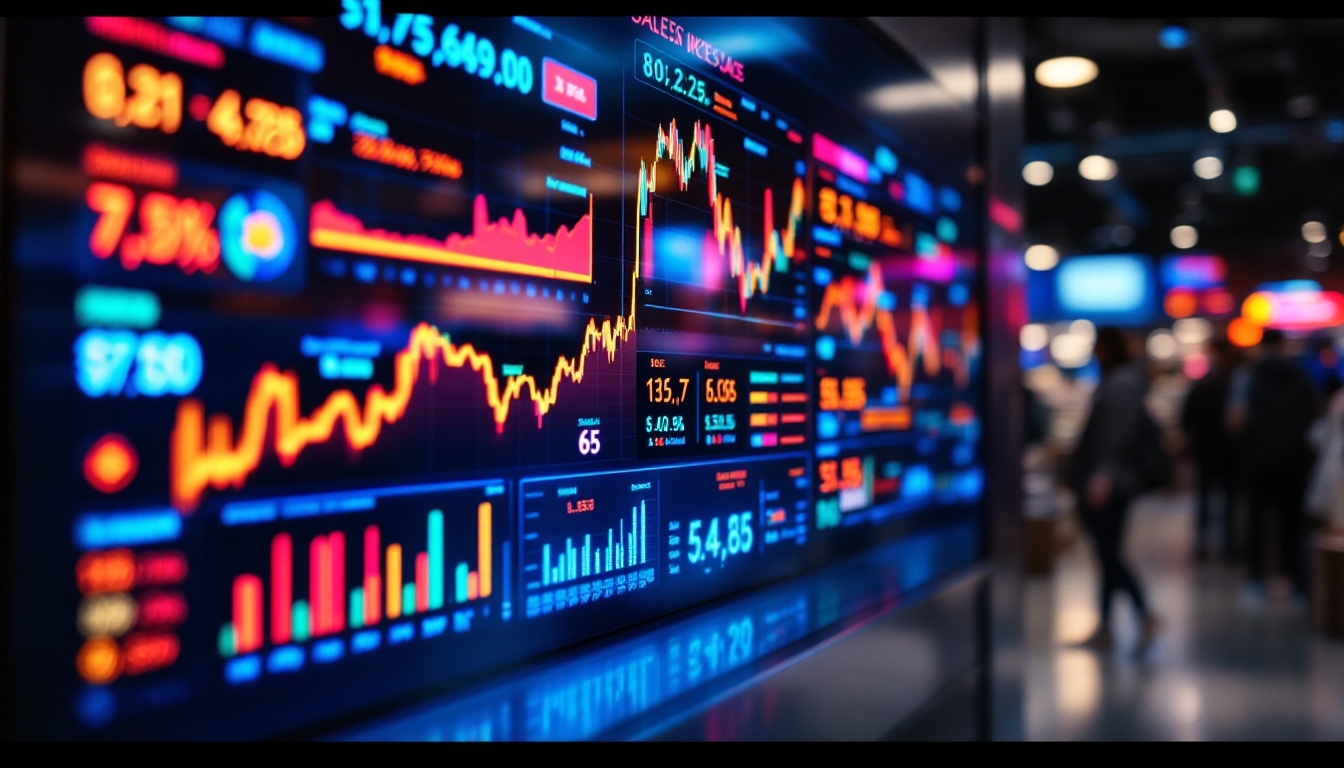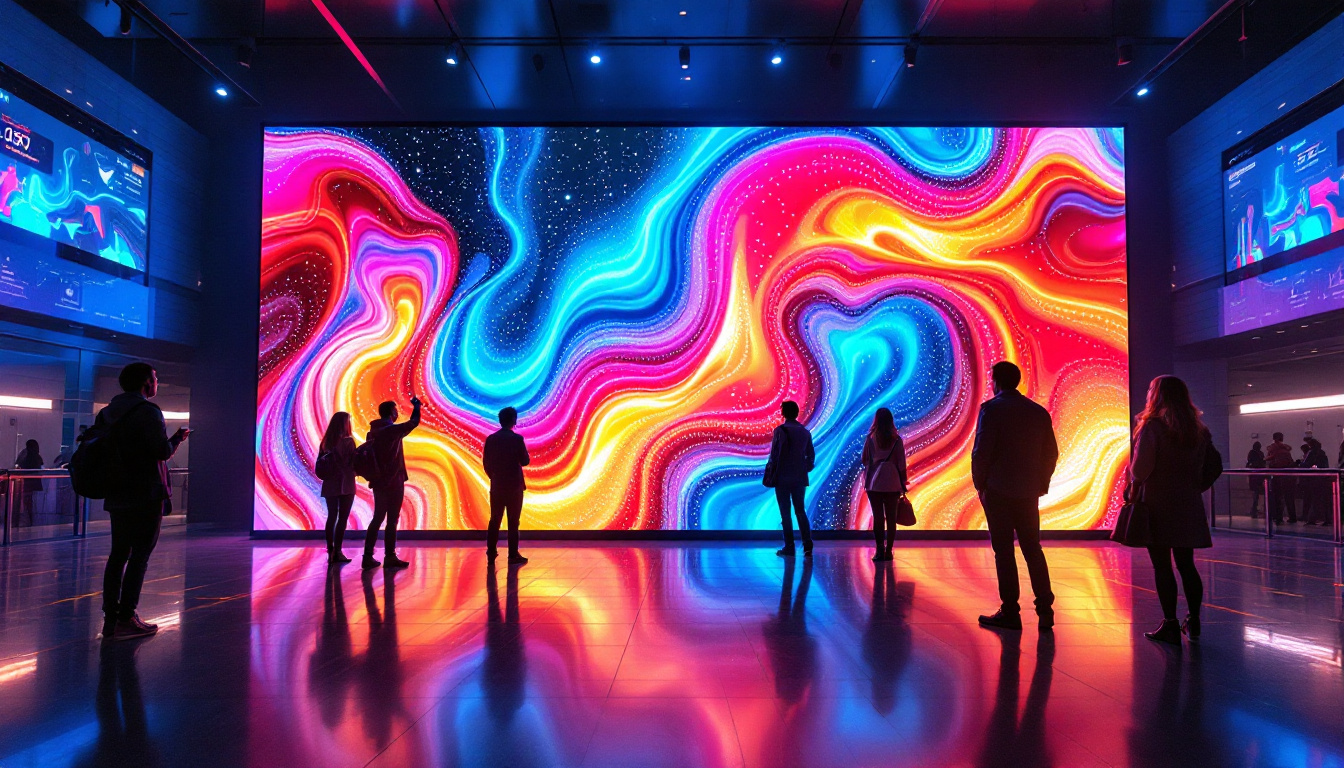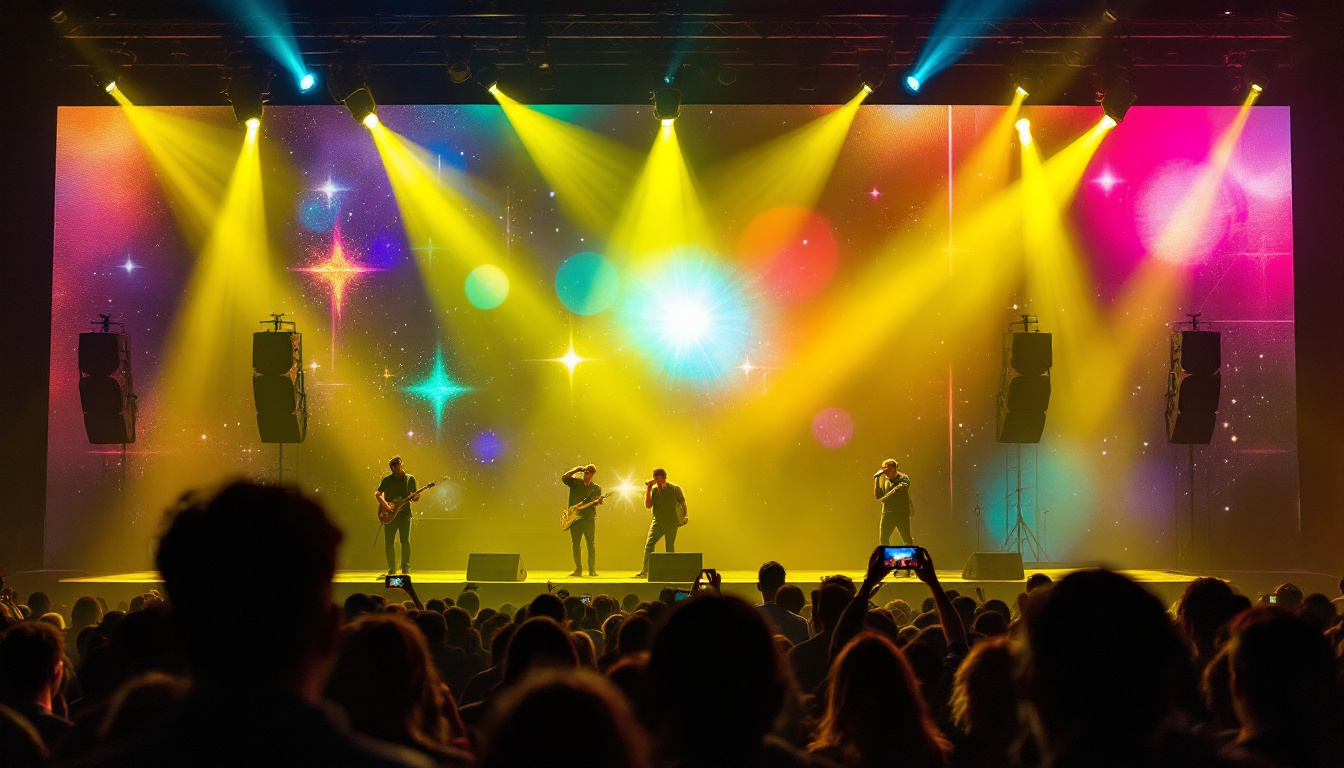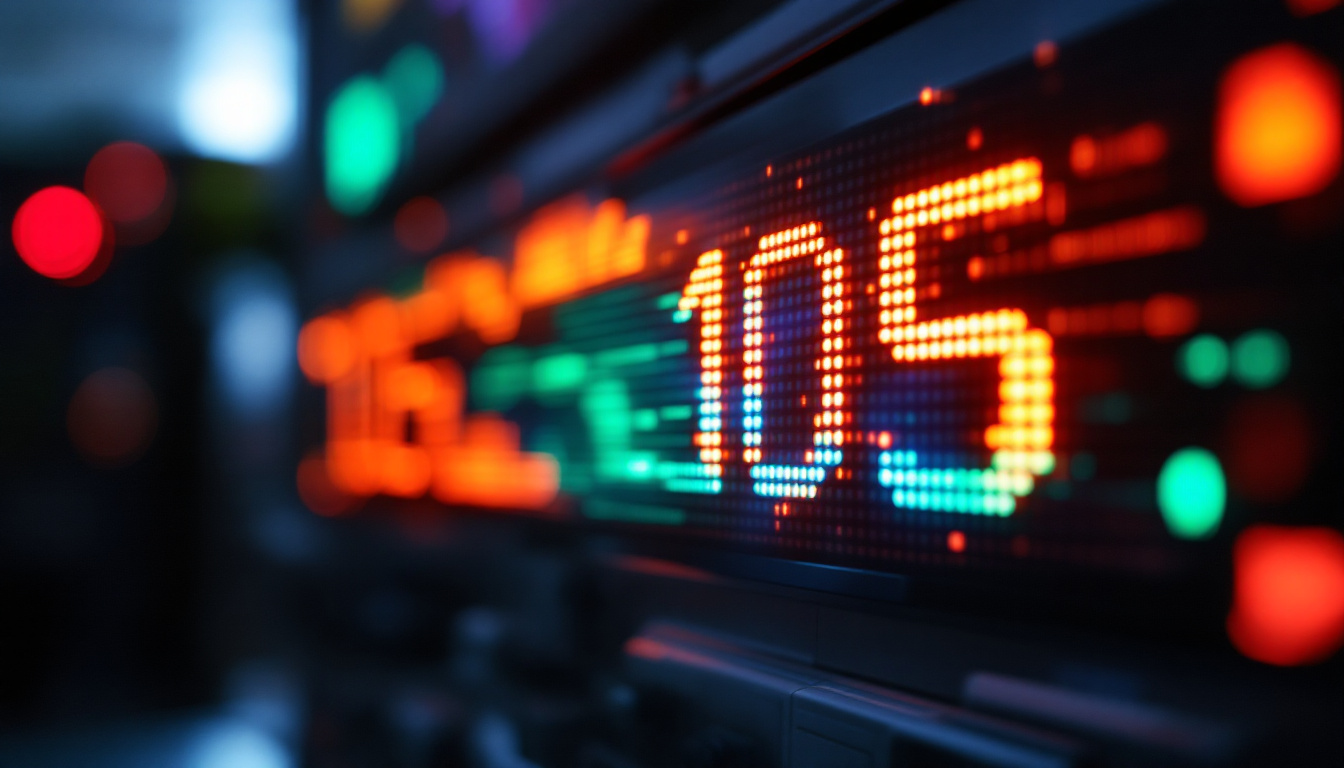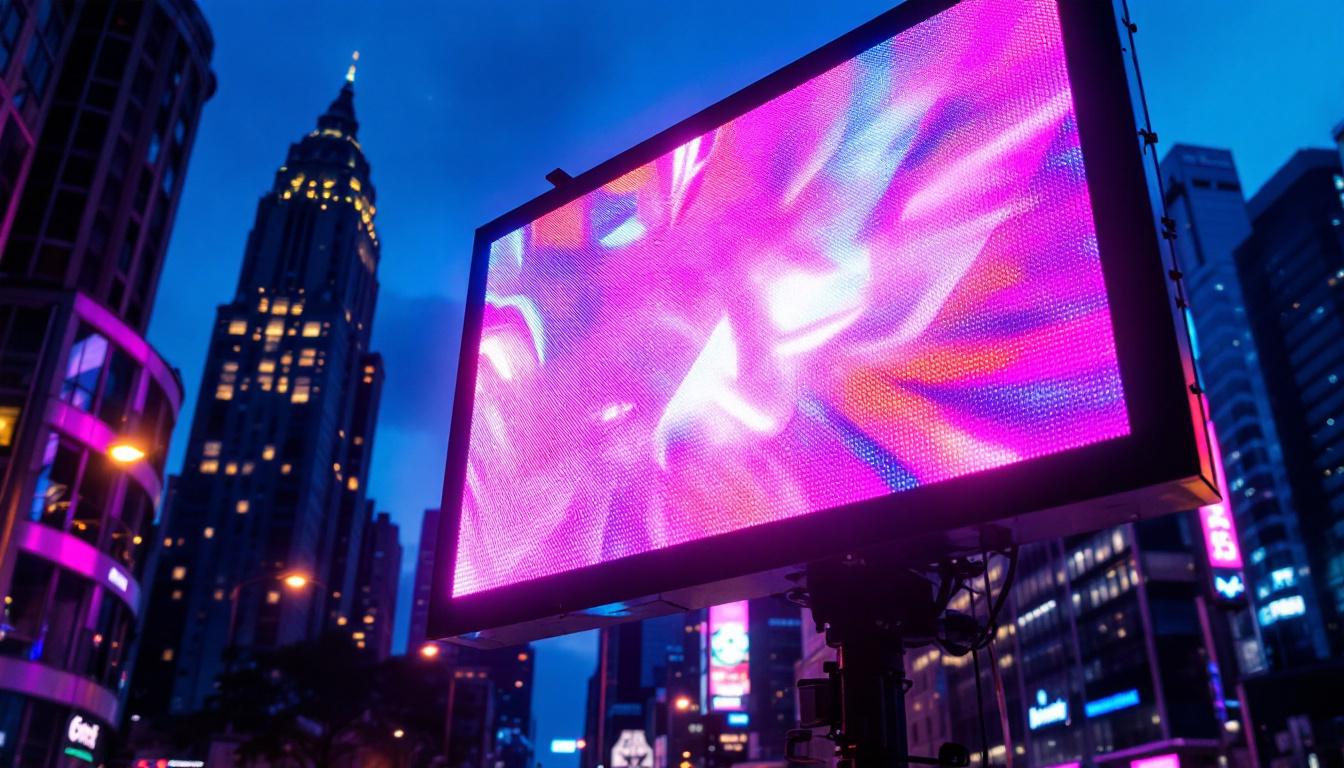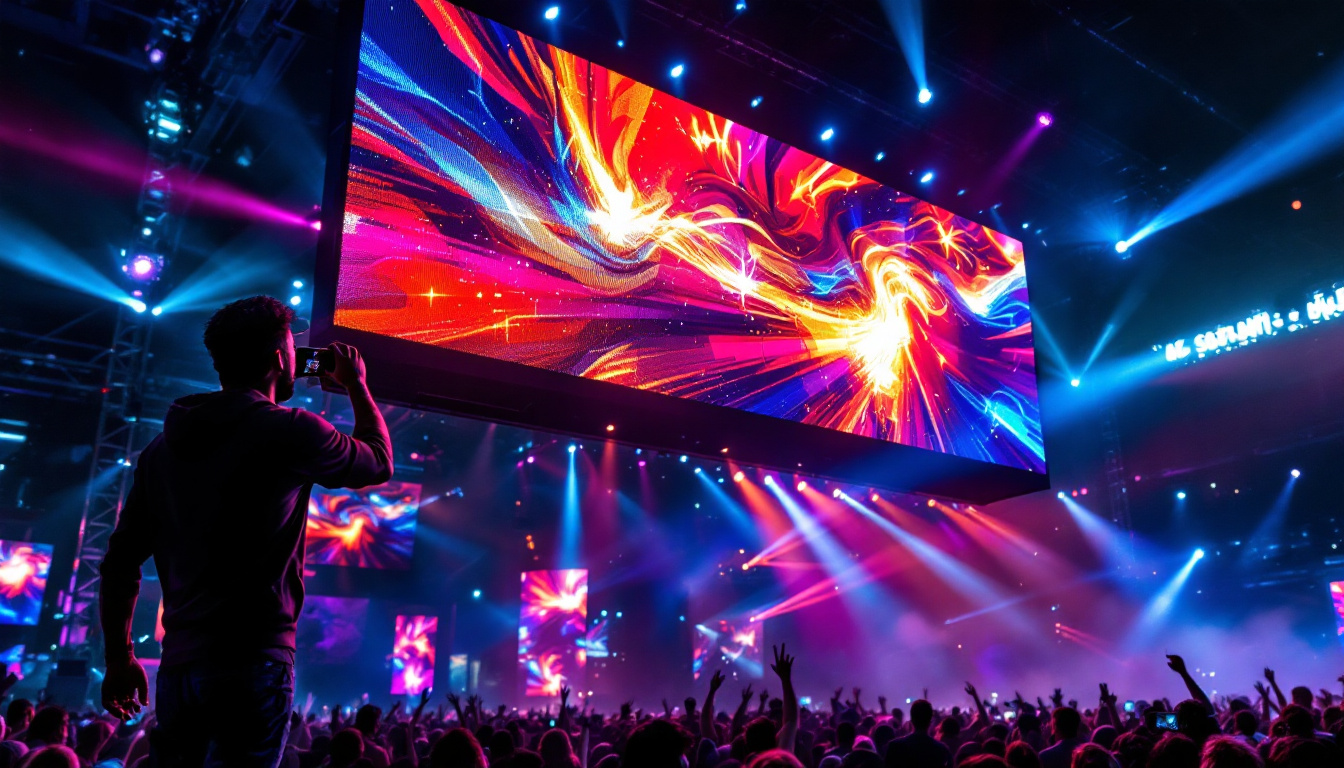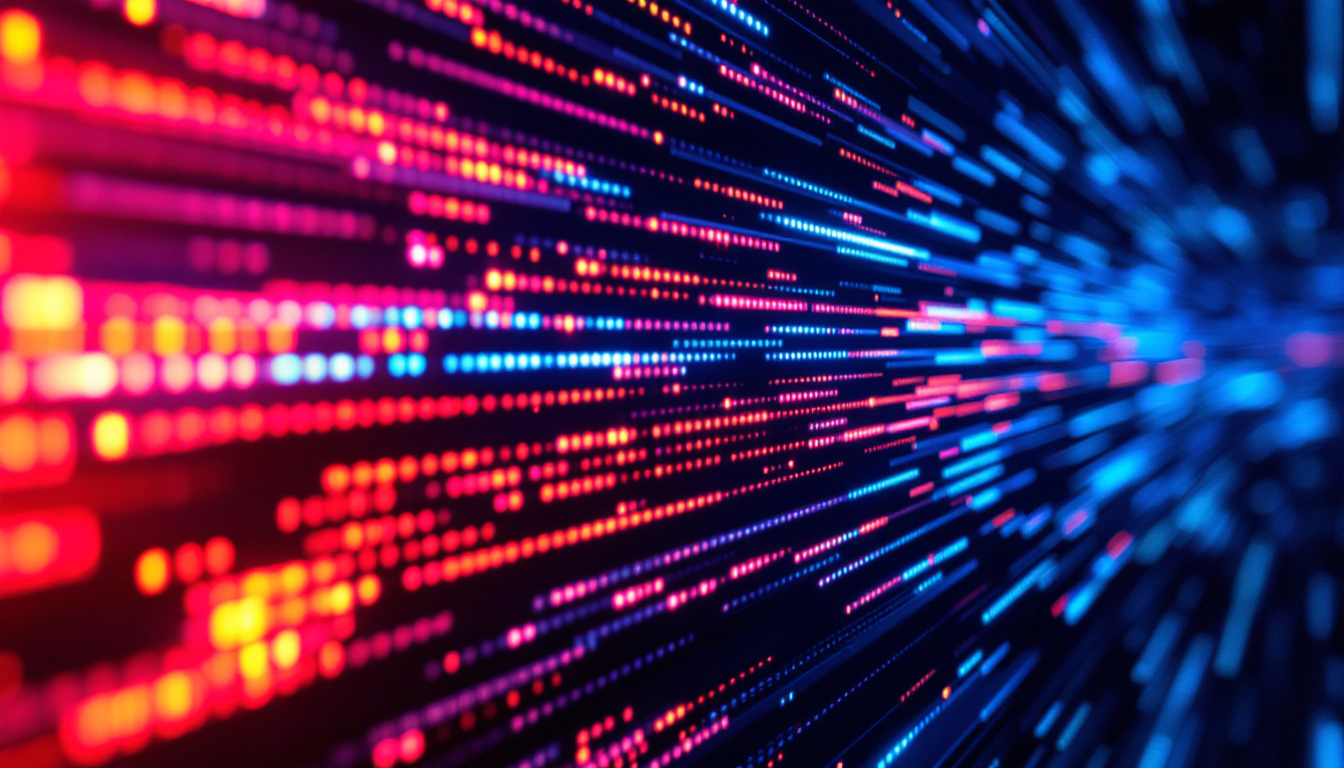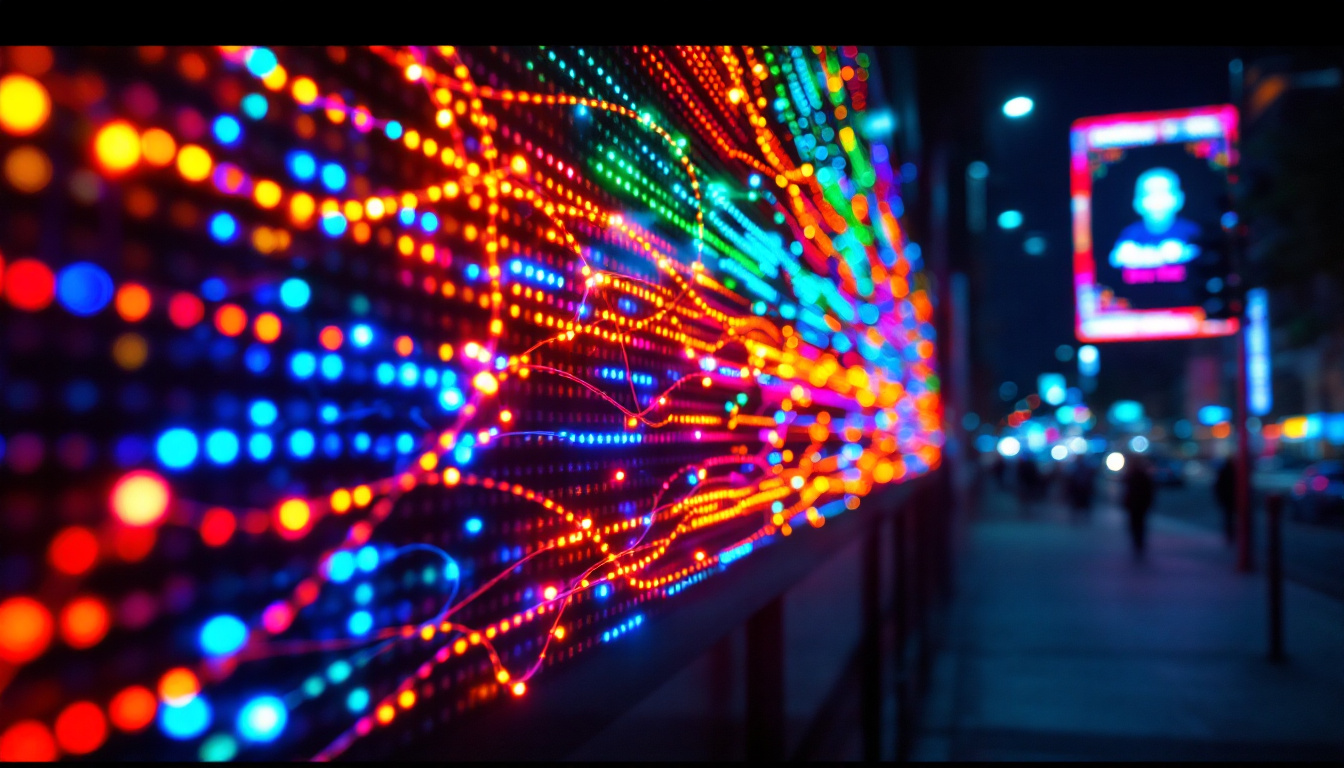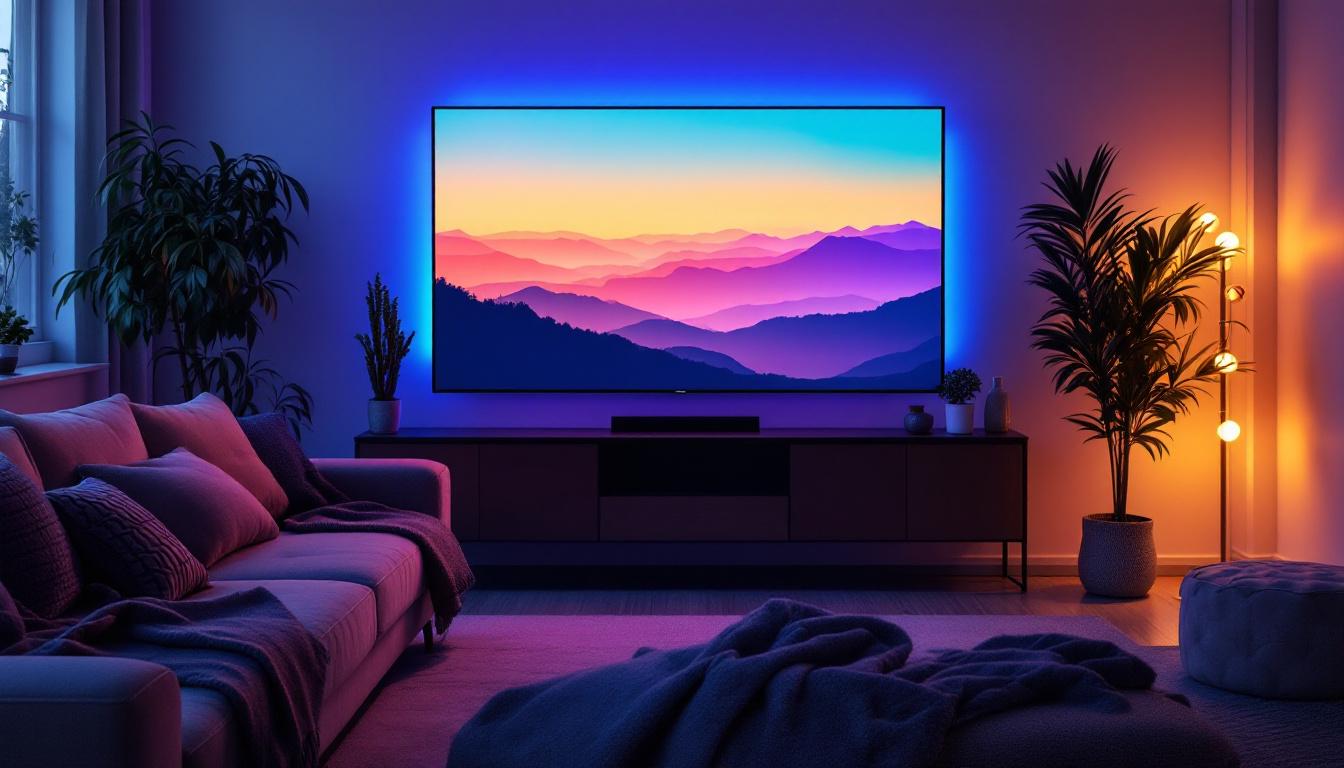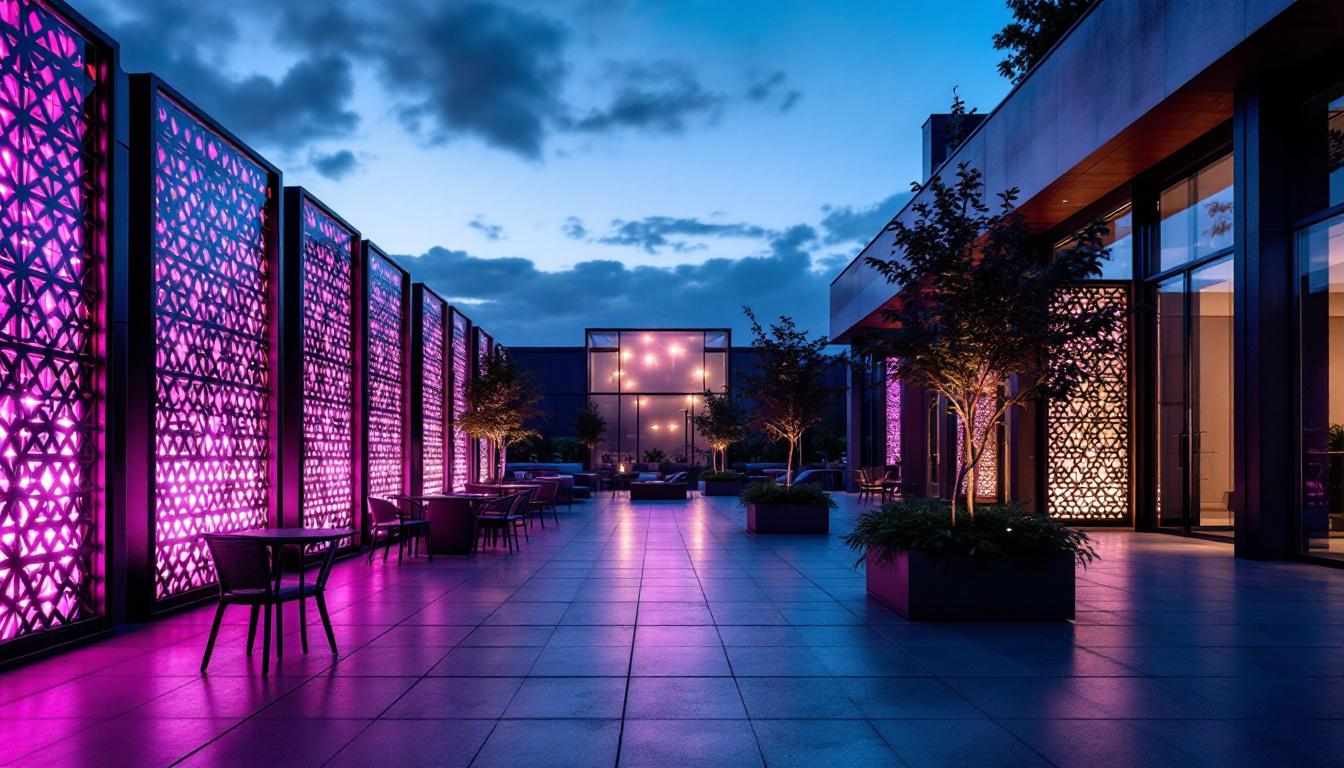In the realm of modern technology, LED displays have revolutionized the way information is presented. From digital signage in retail environments to large-scale displays in sports arenas, LED wall monitors have become a staple in various industries. This article delves into the intricacies of LED displays, exploring their technology, applications, and benefits.
Understanding LED Technology
Light Emitting Diodes (LEDs) are semiconductor devices that emit light when an electric current passes through them. The technology behind LED displays has evolved significantly over the years, leading to brighter, more energy-efficient, and versatile screens. Initially, LEDs were primarily used for indicator lights and simple displays, but advancements in technology have transformed them into a cornerstone of modern visual communication, lighting, and entertainment.
How LED Displays Work
At the core of an LED display is a matrix of tiny LEDs that can be individually controlled to create images and videos. These LEDs can be arranged in various configurations, such as RGB (Red, Green, Blue) pixels, which combine to produce a full spectrum of colors. The ability to control each pixel independently allows for high-resolution images and vibrant displays. This pixel-level control is crucial for applications ranging from digital signage to high-definition televisions, where clarity and color accuracy are paramount.
LED displays can be categorized into two main types: direct-view and rear-projection. Direct-view LED displays consist of an array of LEDs that are visible from the front, while rear-projection displays use a light source to project images onto a screen from behind. Both types have their unique advantages and applications. For instance, direct-view displays are often favored for their brightness and contrast, making them suitable for outdoor environments, while rear-projection displays are commonly used in larger venues where space is a consideration, allowing for a more compact design without sacrificing image quality.
Types of LED Displays
LED displays come in various forms, each designed for specific use cases. The most common types include:
- Indoor LED Displays: These are typically used in environments such as shopping malls, conference rooms, and theaters. They offer high resolution and vibrant colors, making them ideal for close viewing. The technology behind indoor displays often incorporates advanced features like high refresh rates and low latency, which enhance the viewing experience during live events and presentations.
- Outdoor LED Displays: Built to withstand weather conditions, outdoor displays are larger and brighter, ensuring visibility even in direct sunlight. They are commonly used for billboards and public information displays. These displays are designed with robust materials and protective coatings to resist UV rays, moisture, and temperature fluctuations, ensuring longevity and reliability in various climates.
- Transparent LED Displays: These innovative displays allow light to pass through, making them suitable for applications where visibility is crucial, such as storefronts and exhibitions. By blending digital content with the physical environment, transparent displays create engaging experiences that can attract customers while maintaining the aesthetic appeal of the space.
Additionally, there are specialized LED displays like flexible LED screens, which can be bent and shaped to fit unconventional spaces, and interactive LED displays that respond to touch or motion, enhancing user engagement. As technology continues to advance, the possibilities for LED displays are expanding, paving the way for even more creative and functional applications across various industries.
Applications of LED Displays
The versatility of LED displays has led to their adoption across various sectors. Their applications are as diverse as the technology itself, enhancing communication and engagement in numerous settings.
Advertising and Marketing
One of the most prominent uses of LED displays is in advertising. Retailers and brands utilize vibrant LED screens to capture the attention of potential customers. These displays can showcase dynamic content, including videos and animations, which traditional static signage cannot achieve.
Moreover, LED displays can be programmed to change content based on time, location, or audience demographics, allowing for targeted advertising strategies that enhance customer engagement. This adaptability not only maximizes the impact of marketing campaigns but also allows brands to respond to real-time data, such as weather conditions or local events, ensuring that their messaging is always relevant and timely.
Events and Entertainment
In the entertainment industry, LED displays have become essential for concerts, sports events, and exhibitions. Large-scale LED screens provide audiences with immersive experiences, displaying live feeds, graphics, and animations that enhance the overall atmosphere.
Additionally, LED displays are often used in stage productions to create stunning visual backdrops, allowing for seamless transitions between scenes and adding depth to performances. The ability to integrate advanced technologies, such as augmented reality, with LED displays further enriches the viewer’s experience, making events not only visually captivating but also interactive and engaging.
Corporate and Educational Use
In corporate settings, LED displays serve as effective communication tools. They are commonly used for presentations, video conferencing, and information sharing in offices and conference rooms. Their high visibility ensures that information is easily accessible to all attendees.
Educational institutions also benefit from LED technology. Classrooms equipped with LED displays facilitate interactive learning, allowing educators to present multimedia content that engages students and enhances their understanding of complex subjects. Furthermore, these displays can be utilized for remote learning, enabling educators to connect with students from various locations, thereby expanding access to quality education and fostering collaboration among diverse groups of learners.
Benefits of LED Displays
The advantages of LED displays extend beyond their visual appeal. Their unique features contribute to their growing popularity across various industries.
Energy Efficiency
One of the standout benefits of LED displays is their energy efficiency. Compared to traditional display technologies, such as LCD and plasma, LEDs consume significantly less power. This not only reduces operational costs but also minimizes the environmental impact, making them a sustainable choice for businesses. Additionally, the lower energy consumption translates into reduced heat output, which can lead to less reliance on cooling systems in large installations, further enhancing energy savings.
Longevity and Durability
LED displays are designed to last. With a lifespan that can exceed 100,000 hours, they outlast many other display technologies. Their robust construction makes them resistant to shock and vibration, which is particularly beneficial for outdoor applications where exposure to the elements is a concern. Furthermore, the durability of LED displays means that they require less frequent replacements, leading to lower maintenance costs over time. This longevity also contributes to a lower total cost of ownership, making LED displays an attractive investment for businesses looking to enhance their visual communication.
High Brightness and Contrast
LED displays offer exceptional brightness levels, ensuring visibility in various lighting conditions. This high brightness, combined with excellent contrast ratios, allows for vivid and sharp images that maintain their quality even in bright sunlight or dim environments. The ability to adjust brightness levels dynamically also means that LED displays can be optimized for different settings, enhancing the viewer’s experience whether in a bustling cityscape or a quiet indoor venue. Moreover, the advanced technology behind LED displays allows for a wider color gamut, providing richer colors and more lifelike images that can captivate audiences and effectively convey messages.
Versatility in Applications
Another significant advantage of LED displays is their versatility. They can be utilized in a myriad of applications, ranging from advertising billboards and sports arenas to corporate presentations and retail environments. Their modular design allows for easy scaling, enabling businesses to create displays of virtually any size or shape to fit their specific needs. This adaptability makes LED technology ideal for both temporary installations, such as events and exhibitions, and permanent fixtures in commercial spaces. As technology advances, the integration of smart features into LED displays, such as interactivity and connectivity with mobile devices, is further expanding their potential uses, making them a dynamic tool for engagement and communication.
Challenges and Considerations
Despite their many advantages, LED displays are not without challenges. Understanding these limitations is crucial for making informed decisions regarding their use.
Cost Implications
While the prices of LED displays have decreased over the years, they can still represent a significant investment, especially for large-scale installations. Businesses must weigh the initial costs against the long-term benefits to determine the feasibility of their purchase.
Technical Expertise
Installing and maintaining LED displays often requires specialized knowledge. Organizations may need to invest in training for their staff or hire external experts to ensure proper setup and ongoing maintenance. This can add to the overall cost of ownership.
Future Trends in LED Display Technology
The LED display market is continuously evolving, with new technologies and innovations emerging regularly. Keeping an eye on future trends can provide insights into how this technology will shape various industries.
Advancements in Resolution
As technology progresses, the demand for higher resolution displays is increasing. Innovations such as MicroLED and MiniLED are paving the way for displays with even finer pixel densities, resulting in crisper images and enhanced viewing experiences.
Integration with Smart Technology
The integration of LED displays with smart technology is another trend to watch. With the rise of the Internet of Things (IoT), LED displays can be connected to networks, allowing for real-time content updates and remote management. This capability enhances operational efficiency and responsiveness.
Environmental Sustainability
As sustainability becomes a priority for many organizations, manufacturers are focusing on creating eco-friendly LED displays. This includes using recyclable materials and developing energy-efficient technologies that further reduce the environmental footprint of these displays.
Conclusion
LED displays have transformed the way information is communicated and experienced in various sectors. Their versatility, energy efficiency, and durability make them an attractive choice for businesses and organizations looking to enhance their visual communication strategies.
As technology continues to advance, LED displays are expected to become even more sophisticated, offering new possibilities for engagement and interaction. Understanding the fundamentals of LED technology, its applications, and future trends will empower businesses to leverage this powerful tool effectively.
In a world increasingly driven by visual communication, investing in quality LED displays is not merely a trend; it is a strategic move towards staying relevant and competitive in the digital age.
Discover LumenMatrix’s Innovative LED Solutions
Ready to elevate your visual communication with the latest LED technology? Explore LumenMatrix’s comprehensive range of LED display solutions, designed to captivate your audience and amplify your message. From vibrant Indoor and Outdoor LED Wall Displays to dynamic Vehicle and Sports LED Displays, and even customizable options like Floor and All-in-One LED Displays, LumenMatrix is at the forefront of creating immersive visual experiences. Embrace the future of digital signage with our cutting-edge LED Transparent Displays and let your brand shine. Check out LumenMatrix LED Display Solutions today and transform your space into a visual spectacle.

